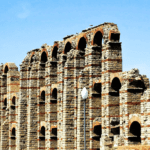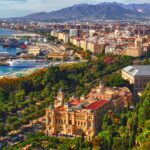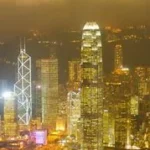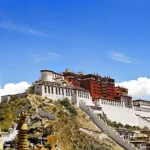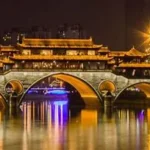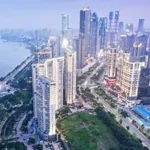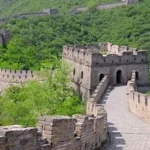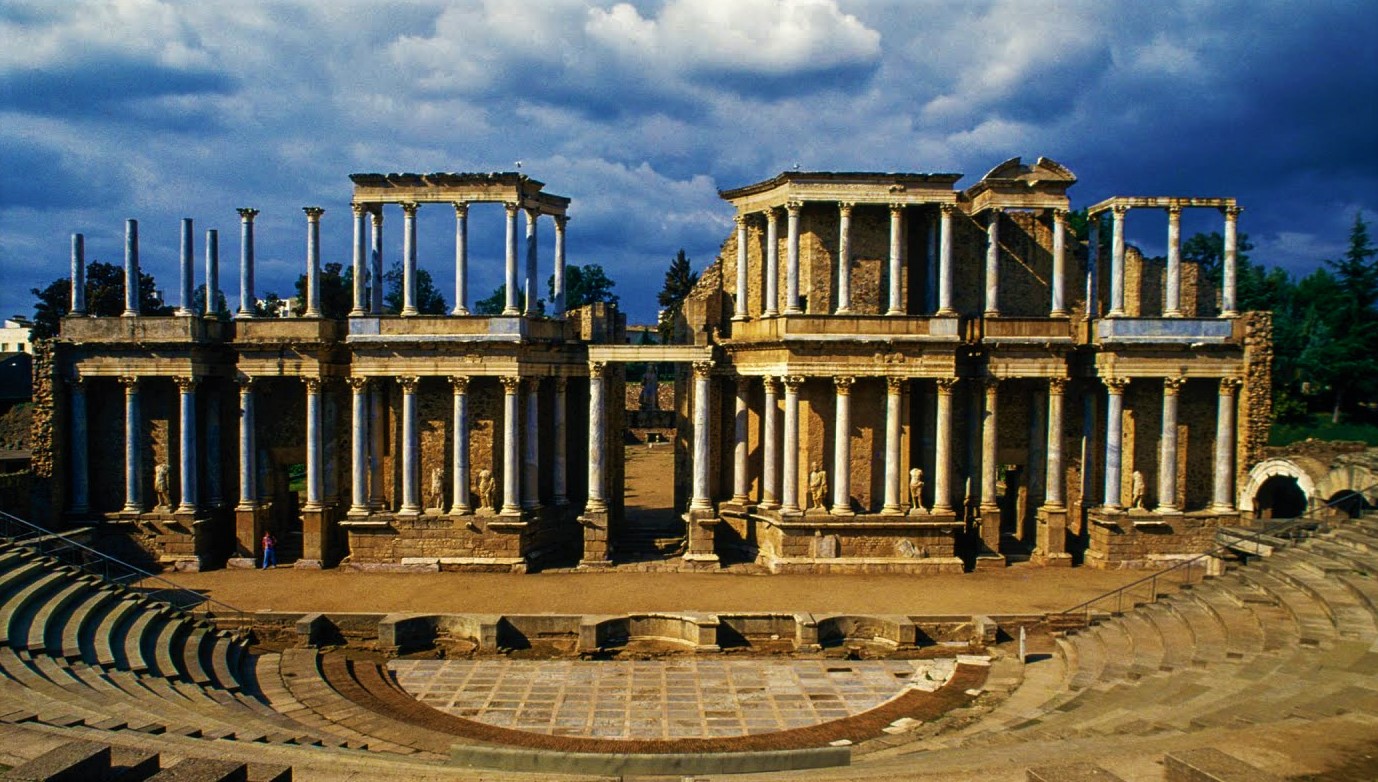
About Merida Spain
Merida is a place that revives the ancient Roman Empire. Its Roman theater is still in operation after 2,000 years, and on summer evenings it hosts the International Ancient Film Festival.
Visit the city in summer to see it in all its glory. In June, the Emerita Lvdica festival takes place, returning to the streets of Mérida with Romans and gladiators. In the evenings in July and August, the theaters of Rome host the International Film Festival.
History of the city
People have lived in Merida since ancient times, as evidenced by the famous gold excavated from a girl’s grave in 1870. It consists of two penannula bracelets, a bracelet and a chain of six wire rings. , now in the British Museum. . The city was founded in 25 BC. J.-C., under the name Emerita Augusta (that is, veterans – debilized soldiers – of the army of Augustus, who founded the city; the name Mérida is an evolution) in the order of the Emperor Augustus, to protect a . C
ross the bridge over the river Guadiana. Emerita Augusta is one end of the Vía de la Plata (Silver Way), an important Roman road between the gold mines around Asturica Augusta and the most important Roman city on the Iberian Peninsula. The city became the capital of the province of Lusitania and one of the most important cities of the Roman Empire.
Mérida retains more important ancient Roman monuments than any other city in Spain, including a triumphal arch and a theater. After the fall of the Western Roman Empire, during the Visigothic period, the city retained many of its beauties, especially under the bishopric in the sixth century, when it was the capital of Spain.
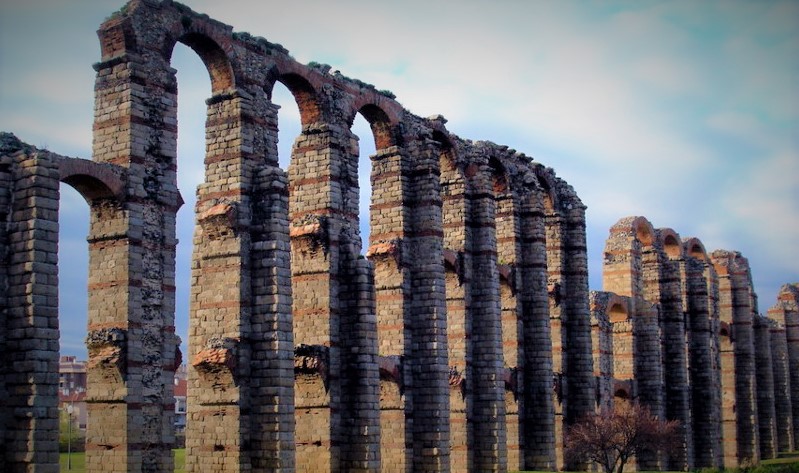
In 713, it was conquered by the Muslim army under Musa ibn Nusayr and became the capital of the cora of Mérida; the Arabs reused many old Roman buildings and made some bigger, like the Alcazaba. During the fitna of al-Andalus, Mérida fell under the new taifa of Badajoz.
The city came under Christian rule in 1230, when it was conquered by Alfonso IX of León, and later became the seat of the Priory of San Marcos de León of the Order of Santiago. A period of recovery began for Mérida after the union of the crowns of Aragon and Castile (15th century), thanks to the support of Alonso de Cárdenas, Grand Master of the Order.
In 1720, the city became the capital of the Intendencia de Mérida. It is located on the Via de la Plata of the Camino de Santiago as an alternative route to the French Way.
In the 19th century, during the Napoleonic invasion, many monuments were destroyed or damaged in Mérida and Extremadura. Over time, the city became a railway station and did a lot of manufacturing.
On August 10, 1936, during the Spanish Civil War, in the Battle of Mérida, the Nationalists captured the city.
Best things to do in Merida
Roman Theater in Merida, Spain
Built in 15-16 BC, the Roman Theater is a unique structure where plays were performed outdoors. It is now a historic site, and home to the Mérida Classical Theater Festival, where ancient Roman theater practices are staged. Over the centuries, the world slowly destroyed the theater, until only the top row of pews remained – known as “the seven seats”.
It became local legend that the Seven Chairs were where the seven Moorish kings sat and decided the future of the country. Excavations began in 1910, when the equipment and methods allowed for the first time, revealing beautiful structures, images and structures that have not been seen for centuries.
The theater is now a tourist attraction, with a large half-moon amphitheater and a 17-meter-high stage with Roman columns and arches. This is a place in Mérida that you will regret missing.
The Museum of Roman Art in Merida, Spain
Commissioned in 1979 to celebrate the two thousandth anniversary of the founding of Emerita Augusta (not every country can boast of having a 2,000-year-old city), the Museo Nacional de Arte Romano, or National Museum of Roman Art, is a tribute . to the Romans in wisdom and achievement.
Located next to the famous Roman theater, the museum offers a mix of the modern and the ancient. The style of the theater itself is a throwback to Roman architecture and its impressive building (which may not look like a show today). It has a large complex of well-constructed buildings, excavated and restored in Roman art styles from across the region.
With statues, paintings, patterns and more to display, many dating back to BC years, the Museum of Roman Art should be number one on your list of destinations if you are a tourist and it is history.
Amphitheater
To the north of the amphitheater, across a small courtyard, are the remains of a site called the Casa del Anfiteatro. It has part of the city wall, another part of the San Lázaro canal, a water treatment tower and the ruins of two Roman buildings.
Obviously (see photo above) there are many beautiful mosaic floors, frescoes and other well-preserved decorations.
Closed for conservation work for almost 10 years, the Casa del Anfiteatro site may reopen soon [I read an article in Spanish from April 2019, promising a delay of about a month 5 again].
A complex building is installed to protect the precious frescoes and mosaic floors from the weather. But don’t despair, just up the hill from the Roman theater are the excavations of the Casa del Mitreo, a large Roman building.
Roman bridge
Bridges built during the reign of Augustus, the Roman bridge is 792 meters long, making it one of the longest in Europe. It is part of the important Roman road connection with Tarragona, crossing the river Guadiana.
The circular legs of the Puente Romano columns were designed so well that they survived many floods. The bridge has undergone many renovations and still serves as a popular bridge. Cars are now diverted to the new Puente de Lusitania, a little further down.
